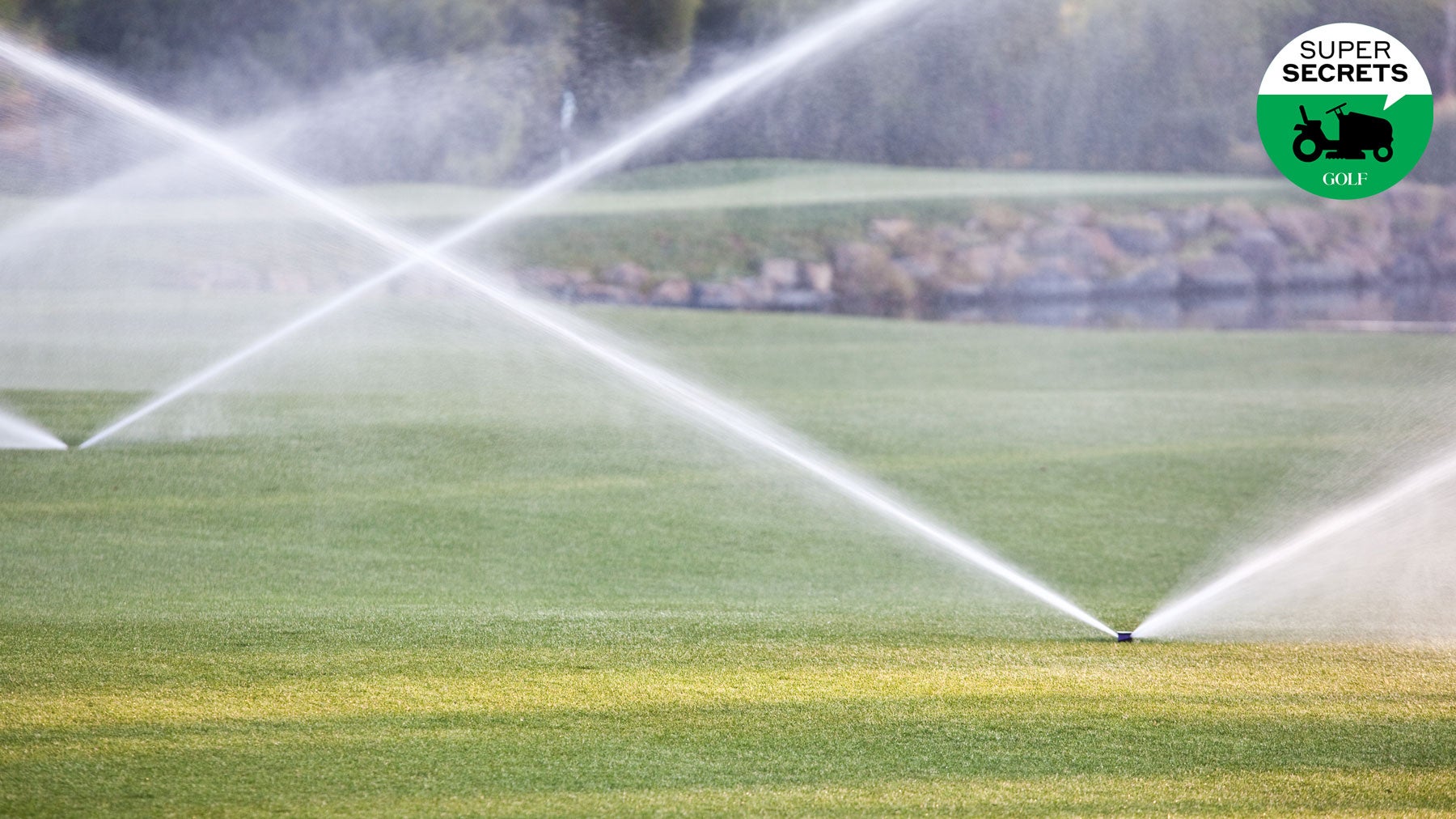Someday a bunch of billionaires might move to Mars.
For now, though, we’re all sharing the same planet, which needs caretaking.
The golf industry has been making big strides on that front, but there’s more it could be doing. As part of its push toward a more sustainable future, the USGA has launched an initiative dubbed “15-30-45,” which involves a 15-year, $30 million commitment to help golf courses reduce their water use by 45 percent.
There are many ways golf could get greener. In a recent article in Golf Journal, a quarterly publication for USGA members, USGA agronomists Brian Whitlark and Cole Thompson outlined a number of emerging eco-friendly course-management trends, including turf removal, the use of alternative grasses and drip irrigation, and reduced reliance on resource-intensive overseeding. Those practices represent a path forward. But, with Earth Day approaching on Monday, it’s also worth noting how far the game has come.
With help from the Golf Course Superintendents Association (GCSAA), here are a few fun facts to underscore that progress.
1. A 29-percent reduction in water use
We’re still living in the “Tiger-proofing” era, and many courses continue to get longer to defend against big-hitters and modern equipment. Despite that trend, though, courses have managed to cut back on their reliance on H2O, with a GCSAA survey showing a 29-percent reduction in water use at U.S. courses since 2005.
2. A 14-percent reduction in maintained turf
Between 2005 and ’21, the average length for 18-hole courses in this country increased by 56 yards. But in 2021, U.S. courses also saw a 14-percent reduction in maintained turf. Some of that was due to course closures. But turf-reduction programs also played a role.
3. A drop in fertilizer use
At the same time, the remaining maintained turf is being more efficiently maintained, with significant reductions in the use of nitrogen (31 percent), potassium (46 percent) and phosphorous (64 percent) since 2005.
4. A boom in best-management practices
Water-management. Pest-management. Pollinator protection. Fertilizer applications. All of these fall under best-management practices (BMP), and they don’t just happen on their own. Since 2005, industry BMP guidelines have been established in all 50 states, providing courses with a clear, science-based sustainability blueprint.
5. A move away from overseeding
Augusta National overseeds. So do many courses in warm-climate regions across the United States. It’s a longstanding practice in the game, traditionally aimed at improving turf playability and appearance during the winter and spring. No one argues with a number of the upsides.
But overseeding is also resource-intensive. Among other inputs, overseeding requires 1.5- to 2-acre-feet of water per acre, per year, according to data from the USGA. (One acre-foot of water is equivalent to 326,000 gallons, or the amount of water needed to cover an acre of land one-foot deep). While exact numbers are hard to come by, overseeding is on the outs at a growing number of courses around the country, a prominent example being Pinehurst No. 2, which ceased the practice after its 2011 restoration and is about to play host to its second U.S. Open since the change.
